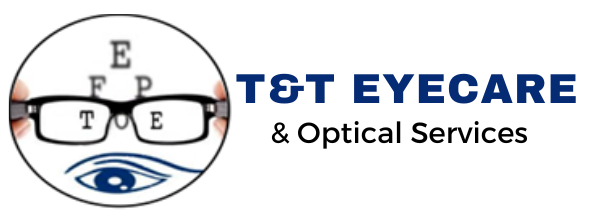Why Regular Eye Exams Keep You Healthier
👁️ Why Regular Eye Exams Keep You Healthier
See Clearly. Stay Healthy.
Many skip their annual eye exams because they “see just fine.” But here’s the truth: eye exams aren’t only for poor vision. They are a powerful tool for detecting hidden eye diseases — and even serious health problems like diabetes, high blood pressure, or arthritis — long before symptoms appear.
Think of your eye doctor as more than a vision specialist. They’re also a health detective, looking for early warning signs that could protect your overall well-being.
👉 If it’s been more than two years since your last exam — or if you’ve never had one — now is the time to book.
🩺 Choosing the Right Eye Doctor
When scheduling your exam, you may wonder: Should I see an optometrist or an ophthalmologist?
-
Optometrist: Perfect for routine checkups, glasses, contact lenses, and early detection of eye problems.
-
Ophthalmologist: This is best if you already have — or suspect you may have — conditions like cataracts, glaucoma, or diabetic eye disease.
Both can perform an initial exam, but the choice depends on your needs.
📋 What to Bring to Your Eye Exam
To make the most of your visit, come prepared:
-
Your current glasses or contact lenses
-
A list of your medications, supplements, and allergies
-
Information about your health conditions or family history of eye problems
-
Medical insurance or vision insurance details (coverage may vary)
-
A list of questions you’d like answered
This preparation helps your doctor give you the best care in the least time.
🔎 What Happens During an Eye Exam?
A typical comprehensive eye exam lasts 45–90 minutes. Here’s what you can expect:
-
Health History: Your doctor reviews your overall health and family history of eye disease.
-
Vision Tests: You’ll read from eye charts and check depth perception, color vision, and side vision.
-
Glaucoma Test (Tonometry): A painless air puff or a gentle device measures your eye pressure.
-
Eye Examination: Using special lights and magnifiers, your doctor examines the inside of your eyes.
-
Drops may dilate your pupils, making them light-sensitive for a few hours.
-
You may need sunglasses or a ride home afterward.
-
-
Additional Tests: Your eye doctor may screen for early signs of diabetes, high blood pressure, or arthritis.
👉 First-time visits often take longer, but follow-up exams are usually quicker.
✅ Before You Leave the Office
Make sure you:
-
Get a copy of your prescription (if needed)
-
Know where to fill your glasses or contact prescription
-
Understand how to use any medications prescribed
-
Schedule your next checkup before you go
📅 How Often Should You Have an Eye Exam?
Eye exams are essential for everyone, at every age:
-
Children: At birth, 6 months, 3 years, and before starting school
-
Young Adults: Once in your 20s, twice in your 30s
-
Adults (40+): Every 2–4 years, unless otherwise recommended
-
Seniors (65+): Every 1–2 years
💡 You’ll need exams more often if you have diabetes, glaucoma, macular degeneration, or a family history of eye disease.
🚨 Don’t Ignore Warning Signs
See an eye doctor immediately if you experience:
-
Sudden vision changes
-
Severe eye pain
-
Persistent redness or irritation
-
Flashes of light or floating spots
🌟 The Takeaway
Eye exams are about more than just clearer vision — they protect your long-term health. Regular visits to your eye doctor mean:
✔️ Early detection of hidden health problems
✔️ Better chances of preserving sight
✔️ A healthier, happier life
📞 Ready to protect your eyes? Schedule your appointment with T&T Eyecare & Optical Services today.







